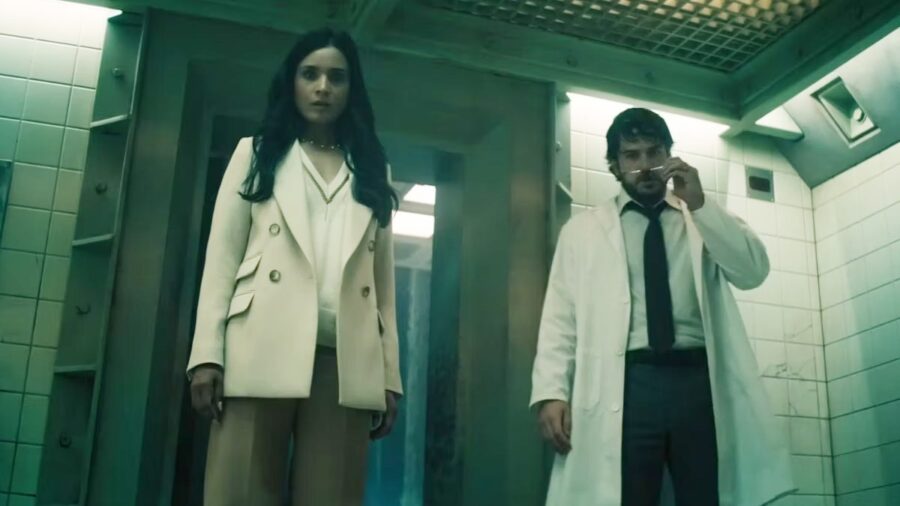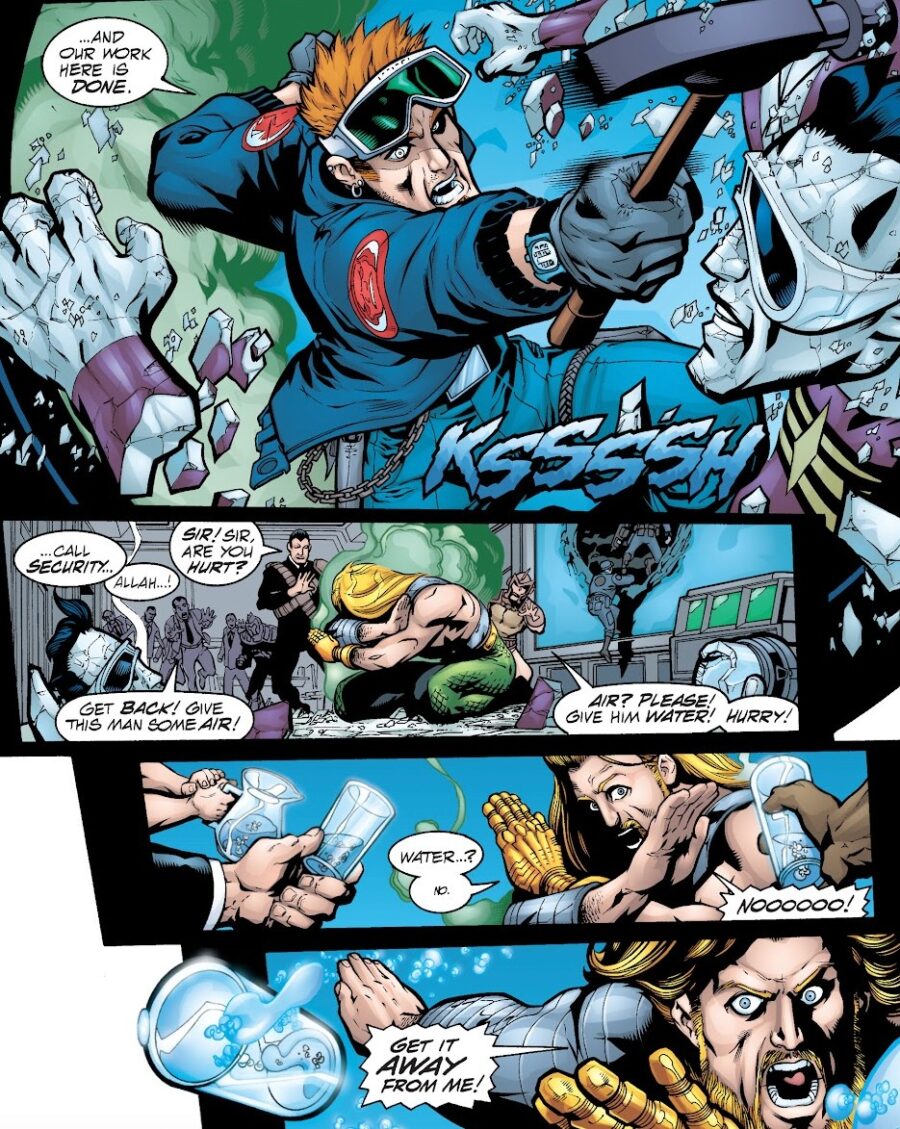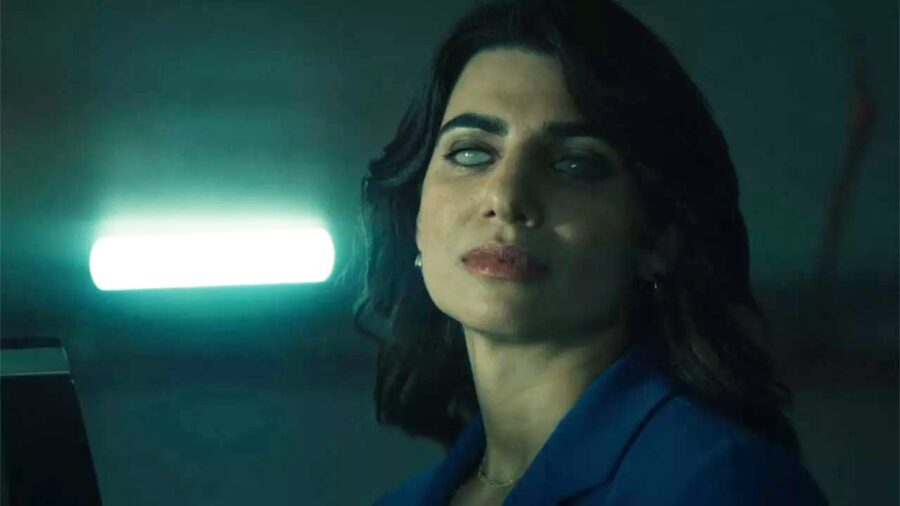In Gen V, Vought Rips Off Batman’s Best Ideas

In the most recent episodes of Amazon‘s Gen V, we learn that things are even more sinister than we realized at Godolkin University. From Indira Shetty (Shelley Conn), we learn that the college has no real interest in teaching young supes how to responsibly use their abilities, but instead cares only about studying those young supes in the hopes of developing new methods to protect Vought from the likes of Anthony Starr’s Homelander. Any DC Comics fans watching the spinoff of The Boys is no doubt reminded of the classic Justice League “Tower of Babel” arc in which we learn Batman has been developing ways to take down and potentially kill his Justice League colleagues for years.
The virus developed in Gen V to control supes is reminiscent of the protocols developed by Batman against the rest of the Justice League, revealed in the 2000 DC Comics “Tower of Babel” arc.
In the most recent Gen V episode, “Sick,” Dr. Cardosa (Marco Pigossi) calls the goal of what he’s been doing “compassionate control.” Using test subjects in the secret facility known as The Woods, Cardosa has developed a virus for Vought meant to only affect supes.

The virus is initially meant not to kill supes but to incapacitate those who can’t be influenced by any other means. Someone like Homelander of The Boys fame–who is both mentally unstable and more powerful than arguably any other character we’ve met in the series–is likely a prime inspiration for the virus. With the world’s supes terrified of him and conventional weaponry useless against him, a virus may be the only way Vought could possibly hurt the leader of The Seven if they needed to.
While it isn’t with a virus that Batman means to potentially attack the League, the concept is otherwise similar–find a way to take out the world’s superheroes in case it needs to be done.
What we see unfold in Gen V is very similar to what happens in “The Tower of Babel.” Starting with 2000’s JLA #43, members of the Justice League are being crippled through means that would require extensive physical and psychological knowledge of each member.

The perpetrator is Ra’s al Ghul, but the team soon learns Ra’s isn’t the man who came up with the various techniques being used to take down the heroes. Knowing Batman well, Ra’s steals the plans he knows Batman has already developed. In the aftermath, Batman is kicked out of the League, though the heroes eventually mend fences.
While it isn’t with a virus that Batman means to potentially attack the League, the concept is otherwise similar–find a way to take out the world’s superheroes in case it needs to be done.
Like in JLA, in Gen V, what begins as a precautionary effort becomes twisted into something else. Seeking vengeance for the deaths of her family, Shetty pushes her own agenda on Dr. Cardosa. Rather than a virus meant to incapacitate a single supe, Shetty gets Cardosa to make the virus strong enough to kill and then render it both contagious and airborne.

“Sick” ends with both Shetty and Dr. Cardosa dead and the virus in the hands of Victoria Neuman (Claudia Doumit). It seems likely it will play a huge role in the Gen V Season 1 finale and perhaps even the upcoming Season 4 of The Boys.
There are certainly other possible inspirations for the Gen V virus than JLA‘s “Tower of Babel.” Considering the very X-Men-esque feel of the rest of the episode–with different supe characters like Cate (Maddie Phillips) and Sam (Asa German) declaring themselves superior to unpowered humans–the Legacy Virus of Marvel Comics springs to mind.
First showing up in 1993’s X-Force #18, the Legacy Virus tore into Marvel’s mutant population until Colossus sacrificed himself to stop it in 2001’s Uncanny X-Men #390.
Not to mention that ever since 1985’s Squadron Supreme and 1986’s Watchmen, certain comics and comics-related media have asked and re-asked the question that, for different reasons, remains relevant in the real world: what power do we have to protect ourselves from the powerful?












